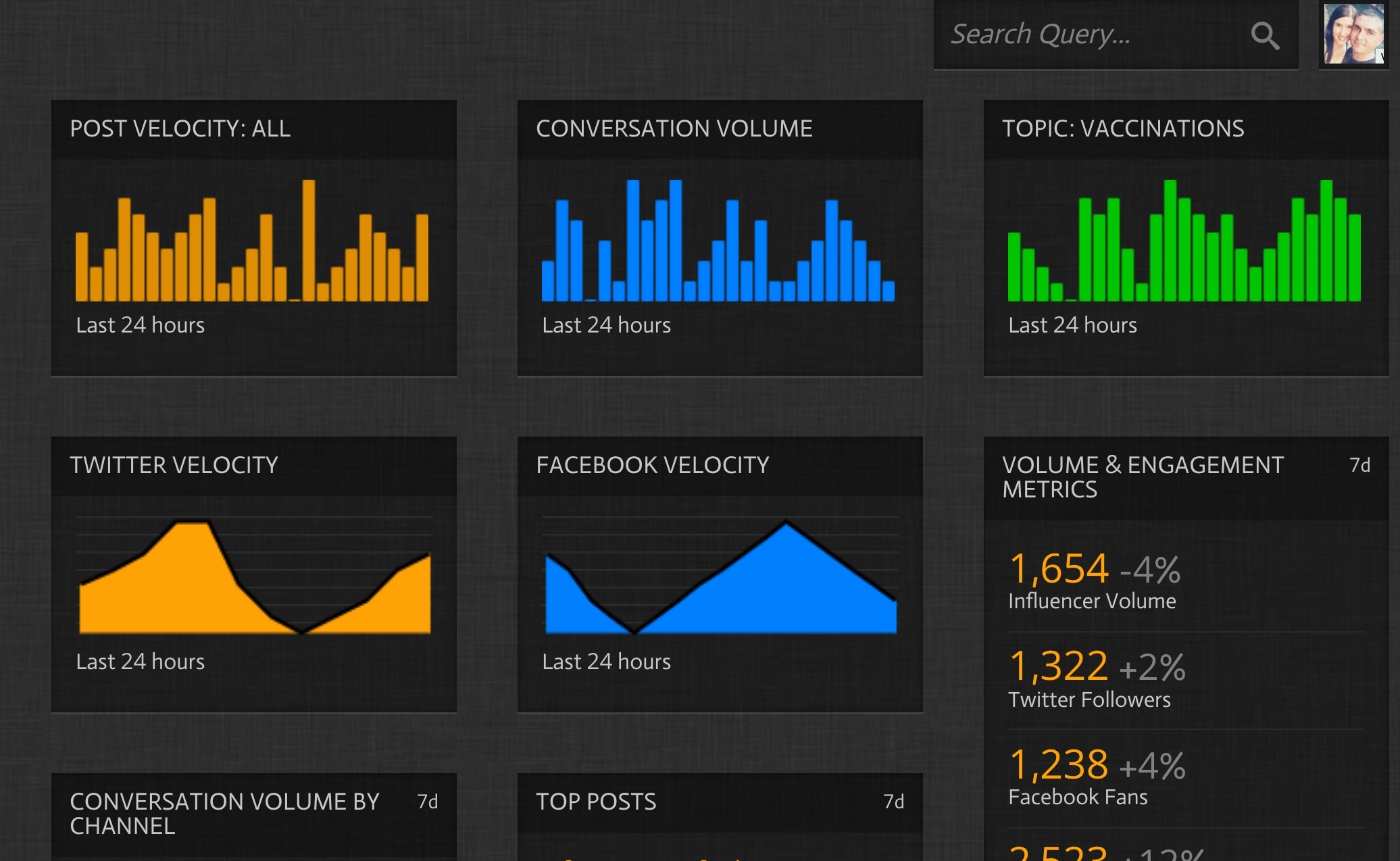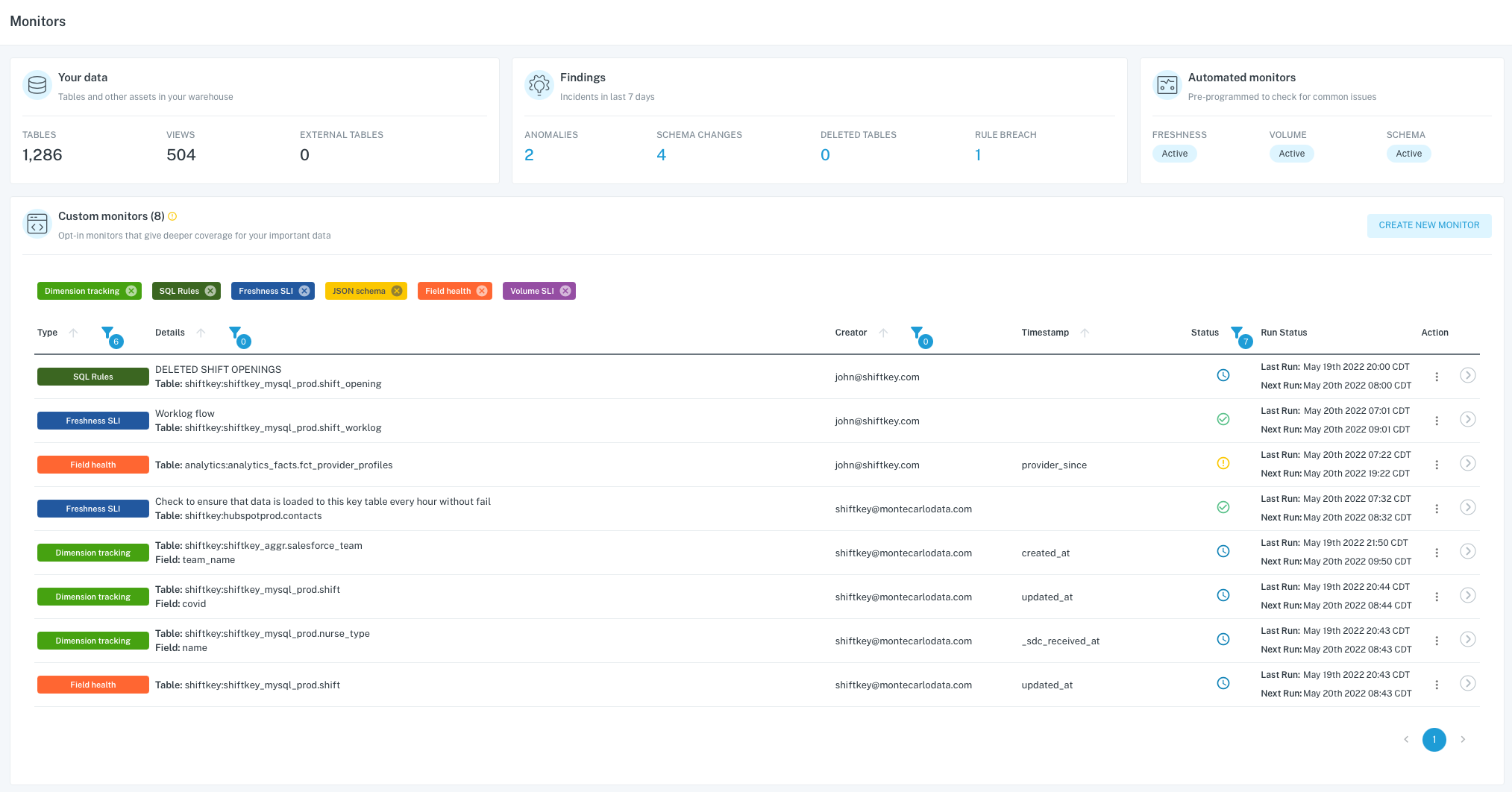Hi there! Today, I’m going to explain to you about the different types of data models and why they are useful.
Firstly, let’s start with what a data model is. A data model is a way of organizing data so that it can be easily used and understood. Think of it like a blueprint for how data is stored and accessed. There are three main types of data models:
- Hierarchical data model: This model is like a family tree, where each piece of data is connected to a parent and child node. This model is useful when you have a lot of data that is related to each other in a clear hierarchy, like a company organizational chart. For example, if you were building a website for a school, you could use a hierarchical data model to organize the classes by grade, and each student within a class.
- Network data model: This model is like a spider web, where each piece of data is connected to other pieces in a complex web of relationships. This model is useful when you have a lot of data that is related to each other in many different ways, like a social network. For example, if you were building a website for a social network, you could use a network data model to show how each user is connected to other users through friends, likes, comments, and posts.
- Relational data model: This model is like a spreadsheet, where each piece of data is organized into a table with columns and rows. This model is useful when you have a lot of data that is related to each other through common attributes, like a customer database. For example, if you were building a website for an online store, you could use a relational data model to organize the customers’ data by name, email, address, and order history.
So, why would you choose one data model over another? Well, it depends on the type of data you have and how it needs to be accessed. If you have a lot of data that is related to each other in a clear hierarchy, then a hierarchical data model would be best. If you have a lot of data that is related to each other in many different ways, then a network data model would be best. And if you have a lot of data that is related to each other through common attributes, then a relational data model would be best.
This is a very simplified way to look at these types. The real process can be much more complex and nuanced.





